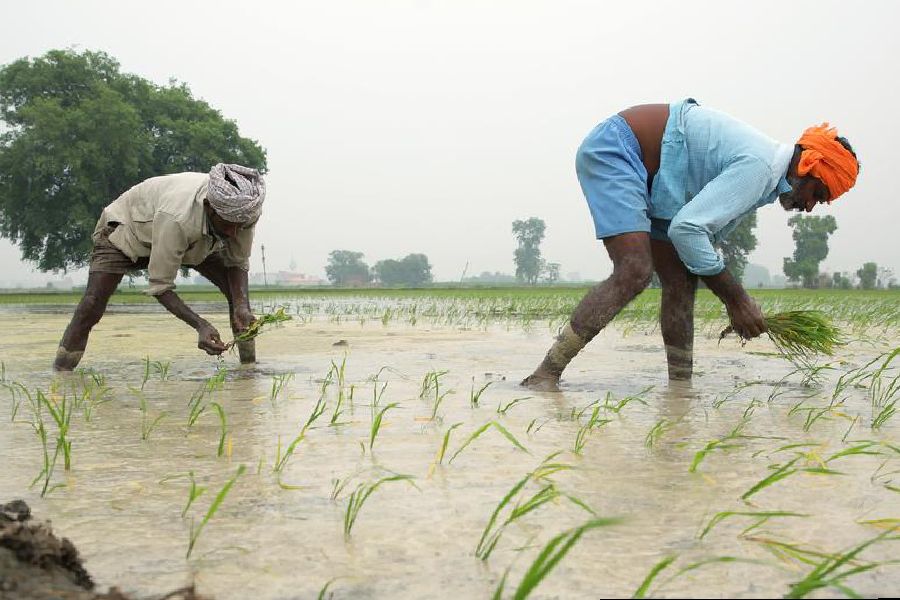Tankers bring water to parched villages, students abandon their studies to return home, the young and the old migrate to faraway places for work and a general sense of despondency prevails. This is not a scene from the countryside in summer. It is happening now, at the peak of the monsoon, in Marathwada, Maharashtra’s arid and drought-prone region.
Look past the brouhaha and ecstasy generated by the G20 Summit and large swathes of India are in the grip of drought-like conditions as the monsoon fails. The kharif season has bombed and, unless the rains revive and the receding monsoon smiles, the rabi season looks grim too and a drinking water scarcity looms over the countryside. Millions of farmers are thus anxious.
This seems like a drought year. Large tracts of India are witnessing rainfall deficiencies. Monsoon rains failed in the first three months and although some regions are witnessing a revival now, prospects look bleak. Most regions in central, western and southern India, including large parts of Maharashtra, are staring at a complete washout of the kharif season. In many regions, rainfall departure is huge at about 40-60% of the long-term average.
Two trends are thus unfolding at once — extreme rainfall lashed the hilly north causing destruction of property and paralysing life and, at the same time, long dry spells in many regions are affecting agriculture and life. Take Gujarat, for instance — in the 14 weeks of rainfall until September 6, the state recorded two weeks of large excessive rainfall and eight weeks of large deficiencies (more than -60%). There have been practically no rains in the past five successive weeks in that state, a period very crucial for the development of kharif crops. In Marathwada, already a zone that received less rainfall, 10 of the 14 weeks of monsoons have witnessed large deficiencies and practically negligible rains. If the rains revive mid-September and the receding monsoon were to bless these parts, some farmers could reap the rabi or winter crop to stay afloat for another year or so until the next season.
Indian Meteorology Department data show that some regions are in the red zone: northern and southern Karnataka, the Cauvery Delta, Marathwada, east Vidarbha, northern Maharashtra, Nimad, Bundelkhand, Telangana, Rayalaseema and some parts of the Indo-Gangetic plains.
The fallouts of this are already evident. In Marathwada, Vidarbha and northern Karnataka, thousands of young students are returning home as their peasant parents cannot support their education and stay in cities. Farmers’ suicides are showing an unfortunate spike again — Marathwada has registered nearly 700 farmers’ suicides in the first eight months of 2023. What is more, a drinking water crisis is also looming. Farm labour is stagnant. This is a year of distress given that neither the Centre nor the states are acting to mitigate the possible crisis of income, fodder, livelihoods and water.
There is likely to be a massive outmigration of people from the rain-deficit regions after the monsoon and drinking water shortages will cripple allied farm sectors like poultry and horticulture. Food inflation may rise and so will the retail prices of perishables. The countryside will be hit harshly. What is needed is for the Centre and the state governments to do an immediate ground assessment and draft drought-mitigation plans to tide over the possible devastation.
In the long run, India needs a well-oiled strategy to deal with sequential droughts, especially in vulnerable regions like Marathwada, and extreme weather events. This cycle of excessive rainfall followed by long, debilitating dry spells come with cascading effect on people and their economies. Long monologues and photo-ops won’t fix the problem. We need meaningful action.











